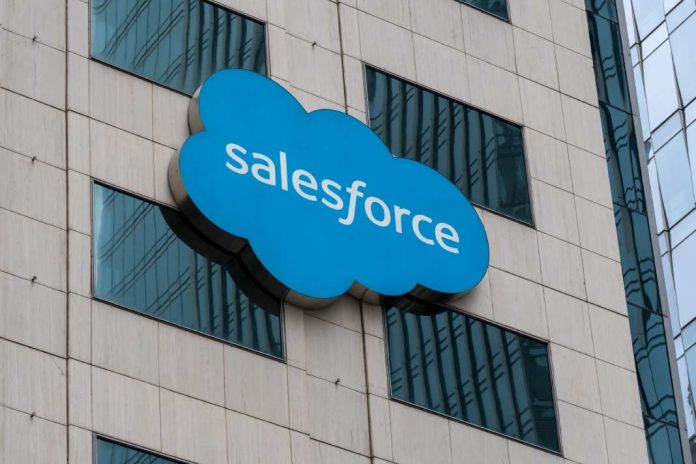Salesforce announced plans to invest $15 billion in San Francisco over the next five years to support AI innovation, workforce development, and company transformation initiatives.
The investment includes a new AI Incubator Hub on Salesforce’s San Francisco campus and funding for workforce training programs. Salesforce said the initiative will help companies transform into “Agentic Enterprises,” a framework the company developed to integrate AI into workplace operations.
Besides that, the company also announced the global launch of Agentforce 360, a new platform that connects humans and AI agents in one trusted system.
The announcement, made at Dreamforce 2025, introduces what the company calls the “Agentic Enterprise”, a new model where AI works alongside people rather than replacing them.
“We’re entering the age of the Agentic Enterprise — where AI elevates human potential like never before,” said Marc Benioff, chair and CEO of Salesforce. “Agentforce 360 connects humans, agents, and data on one trusted platform, helping every employee and every company achieve more than they ever thought possible.”
Salesforce said Agentforce 360 is available globally starting today, with additional features set to roll out in pilot and beta programs in the coming months.
The launch follows a year of rapid development and deployment across thousands of customer environments. Over the past 12 months, Salesforce has released four major versions of Agentforce, each expanding the platform’s ability to integrate AI into enterprise workflows.
What’s Inside?
With this launch, Salesforce extends beyond its traditional CRM roots. Agentforce 360 is built on four layers, including the Agentforce 360 AI foundation, the Data 360 unified data layer, the Customer 360 suite of business applications, and Slack as the collaborative interface.
According to Salesforce, more than 12,000 customers are already using Agentforce 360. Early adopters have reported measurable gains in efficiency, customer satisfaction, and cost savings.
The Agentforce Builder allows teams to design and deploy agents using natural language without manual configuration. A new Agentforce Voice layer enables real-time speech recognition and synthesis for customer interactions.
The system also combines deterministic workflows with large language model reasoning through its Hybrid Reasoning and Agent Script tools.
To ensure transparency, Salesforce added observability dashboards to monitor reasoning, accuracy, and compliance.
The Data 360 layer now activates both structured and unstructured data, enabling AI agents to provide deeper business context. Through Intelligent Context and Tableau Semantics, data from across clouds and formats can be translated into consistent business language. Partnerships with Databricks, dbt Labs, and Snowflake extend this semantic framework across platforms.
Slack, now central to Salesforce’s AI vision, becomes what the company calls the “Agentic OS” — the space where humans, agents, and applications work together. New Slack-first apps for sales, IT, and analytics allow employees to perform tasks and access insights directly within the chat interface.
Features such as Enterprise Search and Channel Expert Agent provide real-time knowledge retrieval, while the Model Context Protocol (MCP) connects external AI providers, including Anthropic, Google, OpenAI, and Perplexity.
Salesforce also launched AgentExchange, a Slack-native marketplace where companies can discover and deploy partner-built agents and integrations.
ALSO READ: Databricks Launches Data Intelligence for Cybersecurity

